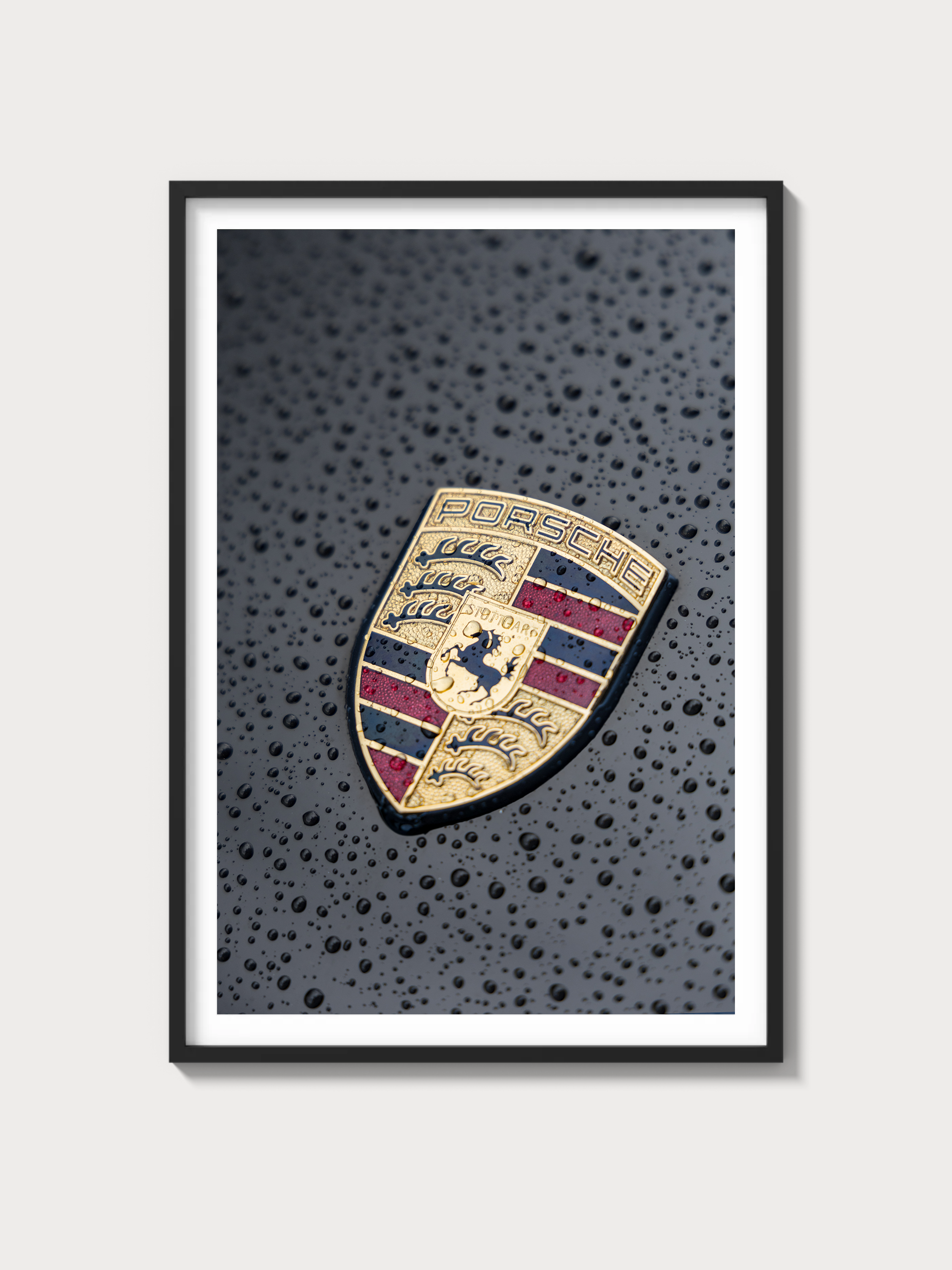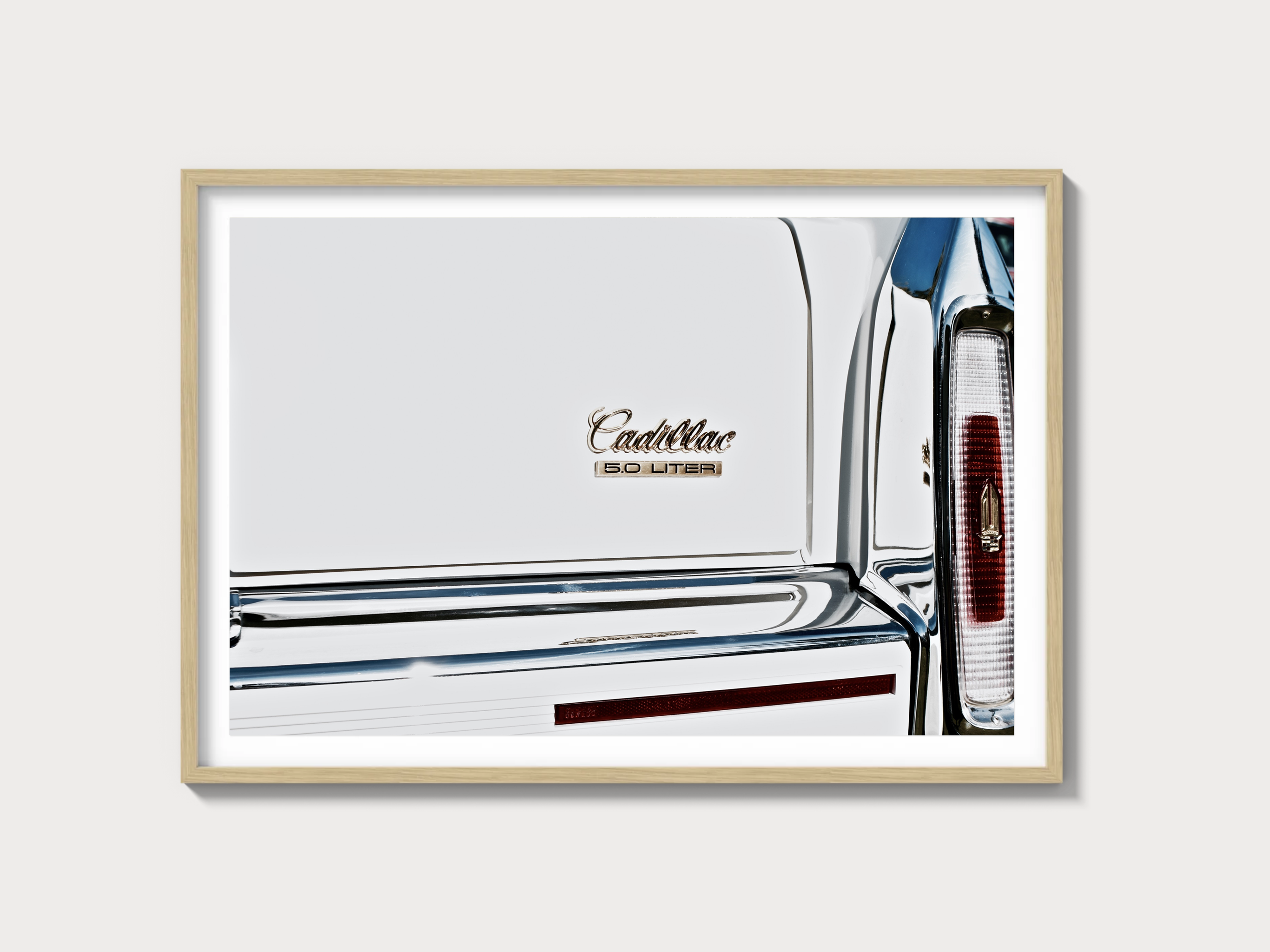2022–2023 Chevrolet Bolt EUV (1st Gen): The Pragmatic Electric with Big-Car Tech
Historical Context and Development Background
Chevrolet’s Bolt EUV arrived as the pragmatic, space-optimized counterpart to the refreshed Bolt EV, extending General Motors’ first-generation BEV2 architecture into a slightly longer, more relaxed package. Announced for the 2022 model year and built at Orion Assembly in Michigan, the EUV (Electric Utility Vehicle) shares its 65 kWh lithium-ion battery and 150 kW front-drive power unit with the Bolt EV, but stretches the wheelbase and cabin volume to court small-crossover buyers. It also carried a headline feature: the EUV was the first Chevrolet to offer GM’s hands-free highway assist, Super Cruise, previously a Cadillac exclusive.
Development leveraged GM’s deep partnership with LG for battery modules, pack electronics, and infotainment integration. Compared with the original 2017 Bolt EV’s cabin and HMI, the EUV’s cockpit was thoroughly modernized—larger screens, improved materials, and a more conventional PRNDL shifter layout—aimed at mainstream acceptance. In the broader market, the EUV’s mission was clear: provide a compact, all-electric daily driver with genuine long-trip credibility and top-shelf driver-assistance tech at a democratized price point.
Competitively, the EUV slotted against the Hyundai Kona Electric and Kia Niro EV on size and output, with the Volkswagen ID.4 and Tesla Model Y positioned a segment up on footprint. GM did not pursue motorsport with the EUV, focusing instead on range efficiency, packaging, and ADAS leadership for mass-market adoption.
Engine and Technical Specs
The Bolt EUV is a single-motor, front-wheel-drive EV using a permanent-magnet synchronous motor and a flat, underfloor lithium-ion pack. Regenerative braking is robust, with a driver-selectable one-pedal mode and a steering-wheel paddle for on-demand max regen. As an EV, many traditional combustion fields are non-applicable; the table below follows the requested format and indicates EV-specific realities.
| Specification | Detail |
|---|---|
| Engine configuration | Single electric motor (permanent-magnet synchronous), front-mounted |
| Displacement | N/A (electric) |
| Horsepower | 200 hp (150 kW) |
| Induction type | N/A (no forced induction; electric) |
| Redline | N/A (electric) |
| Fuel system | Lithium-ion traction battery, ~65 kWh |
| Compression ratio | N/A |
| Bore x Stroke | N/A |
Driveline is a single-speed reduction gear to the front axle. Charging is via CCS DC fast charging (peak roughly mid-50 kW) and Level 2 AC up to 11.5 kW on compatible 240V circuits. Battery thermal management is liquid-cooled, enabling consistent performance in varied climates and helping preserve longevity.
Driving Experience and Handling Dynamics
The EUV is tuned for calm, linear responses. With 266 lb-ft available from a stop, it steps off cleanly, and the single-speed transmission avoids shift shocks. Throttle mapping is progressive in Normal, with Sport sharpening tip-in without resorting to gimmicky artificial noise. The steering is light but precise off-center, consistent with its mission as an urban and suburban tool that must park easily and track faithfully at highway speeds.
Underneath, a MacPherson strut front and a torsion-beam rear deliver predictable behavior. There’s honest body control and an emphasis on primary ride compliance; the longer wheelbase versus the Bolt EV gives the EUV a more settled gait over freeway expansion joints. The low center of gravity—thanks to the underfloor pack—lets the chassis carry a surprising amount of cornering speed on its all-season, low-rolling-resistance 17-inch tires, though ultimate grip remains tuned for efficiency rather than lap times. Brake feel is notably well-integrated: blended regen covers most deceleration in day-to-day driving, and the hydraulic system steps in unobtrusively when needed. One-pedal driving quickly becomes second nature, making urban travel smoother and more energy-efficient.
Full Performance Specs
| Metric | 2022–2023 Bolt EUV |
|---|---|
| 0–60 mph | ≈7.0 seconds (typical instrumented results) |
| Top speed | ≈93 mph (governed) |
| Quarter-mile | ≈15.5 sec @ ~90 mph (typical instrumented results) |
| Curb weight | ≈3,680–3,715 lb (trim-dependent) |
| Layout | Front-motor, front-wheel drive |
| Brakes | Vented front discs, solid rear discs; blended regenerative braking |
| Suspension | Front MacPherson strut; rear torsion beam with coil springs |
| Gearbox | Single-speed reduction drive |
Variant Breakdown (Trims and Key Differences)
| Model Year | Trim / Edition | Production Numbers | Distinct Features | Markets |
|---|---|---|---|---|
| 2022 | LT | Not publicly disclosed | Cloth seating, 17-inch alloys, DC fast charging standard, Level 2 11.5 kW onboard charger, one-pedal drive, driver-assistance suite (without Super Cruise) | United States, Canada |
| 2022 | Premier | Not publicly disclosed | Uplevel interior trim, additional comfort/convenience features; Super Cruise available; enhanced driver-assist and lighting details | United States, Canada |
| 2022 | Launch Edition | Not publicly disclosed (limited run) | Based on Premier with Super Cruise standard, unique wheels/badging and bundled options | United States |
| 2023 | LT | Not publicly disclosed | Continued standard DC fast charge, 11.5 kW AC charging, revised pricing structure versus 2022 | United States, Canada |
| 2023 | Premier | Not publicly disclosed | Available Super Cruise; additional convenience/appearance content; available Redline Edition appearance package | United States, Canada |
| 2023 | Redline Edition (package) | Not publicly disclosed | Appearance package with dark-finish wheels and red-accent details; content varies by market and trim | United States, Canada |
Ownership Notes
- Maintenance needs: EVs dramatically reduce routine service. Expect tire rotations, cabin air filter changes, periodic brake-fluid service, and inspections of the cooling loops and high-voltage connectors. Brake wear is modest thanks to strong regeneration.
- Service intervals: GM’s schedule calls for regular tire rotations (commonly around 7,500 miles), cabin air filter replacements at set mileage intervals, and brake-fluid service on a time basis. Battery coolant is monitored by the vehicle and serviced only per GM guidance; always follow the owner’s manual for your VIN and region.
- Parts availability: Excellent for wear items via Chevrolet dealers and aftermarket suppliers; body and trim components are widely supported due to shared architecture with the Bolt EV.
- Restoration difficulty: Low. The EUV is modern and diagnostics-driven; dealer-level software tools are required for high-voltage servicing, but routine maintenance is straightforward.
- Charging hardware: The EUV supports Level 2 up to 11.5 kW and CCS DC fast charging with peak rates in the mid-50 kW range. Home 240V charging covers most use cases; public DCFC works for long trips, acknowledging modest peak rates versus newer 800V systems.
- Recalls and battery campaign: Early-build Bolt EV/EUV models were included in GM’s high-voltage battery recall/remediation program addressing potential cell defects. Prospective owners should verify completion by VIN with a Chevrolet dealer.
Cultural Relevance and Market Position
The Bolt EUV’s significance rests less on cinematic moments and more on democratization. It brought hands-free Super Cruise to a Chevrolet badge and extended the Bolt formula into the crossover space without chasing headline-grabbing acceleration. In enthusiast media, it earned praise for value, packaging, and its calm, cohesive chassis tuning. Collector interest is nascent; examples trading at auction tend to reflect used-EV market fundamentals—battery health, recall status, and mileage—rather than limited-edition premiums. There is no factory racing legacy to speak of; the EUV’s impact is cultural and infrastructural, not sporting.
FAQs
How much power does the Bolt EUV make?
200 hp (150 kW) and 266 lb-ft from a single permanent-magnet synchronous motor driving the front wheels.
What’s the 0–60 mph and top speed?
Typical independent testing records about 7.0 seconds to 60 mph; top speed is governed to roughly 93 mph.
What battery size does it use and how fast can it charge?
Approximately 65 kWh lithium-ion pack. Level 2 AC up to 11.5 kW; CCS DC fast charging peaks in the mid-50 kW range.
Is Super Cruise available on all Bolt EUVs?
No. It was available (and standard on the 2022 Launch Edition) primarily on the Premier trim; not fitted to every EUV.
Known issues to check when buying used?
Confirm completion of GM’s high-voltage battery recall actions for affected VINs, inspect for DC charge-port wear, review tire condition from EV torque and curb-weight loads, and verify proper function of driver-assistance sensors after any collision repairs.
Does the Bolt EUV have all-wheel drive or towing capability?
It is front-wheel drive only and, in its market positioning, was not rated for towing in typical North American specifications.
How does it compare to rivals?
Against Kona Electric and Niro EV, the EUV counters with a longer wheelbase feel, competitive efficiency, and the availability of Super Cruise. It’s smaller and less powerful than many ID.4 and Model Y variants but often more affordable and simpler to live with.
What are the service costs like?
Routine costs are modest versus ICE cars—mostly tires, cabin filters, and brake fluid at time-based intervals. Battery and high-voltage components carry specific GM warranties; consult a Chevrolet dealer for VIN-specific coverage.













































